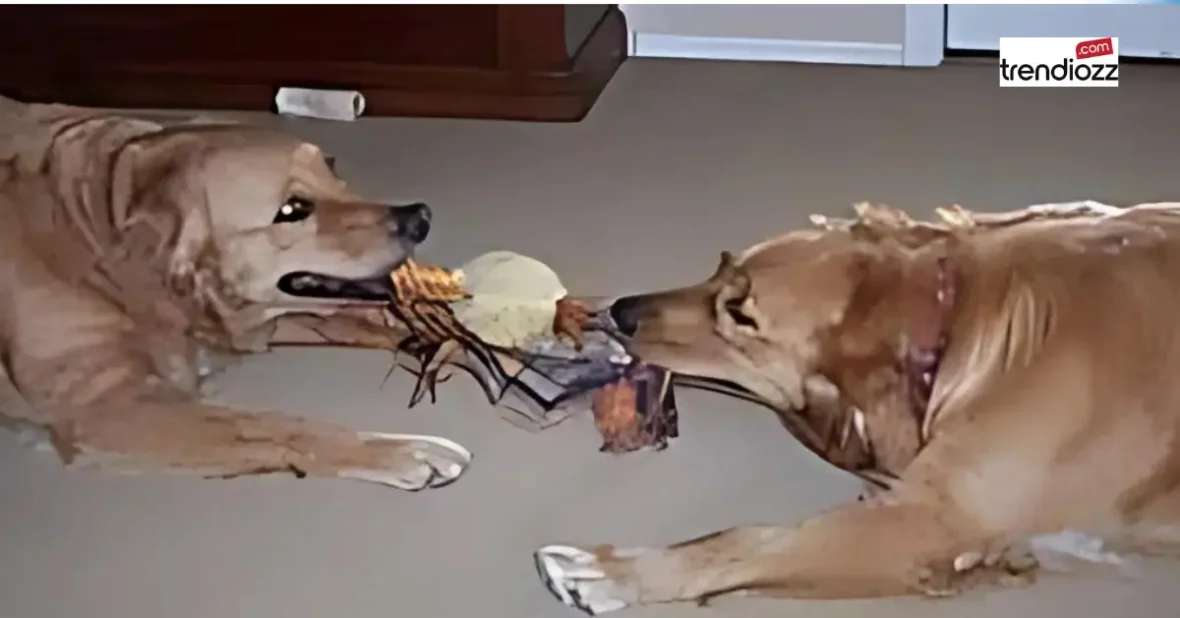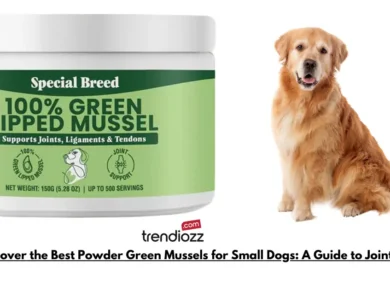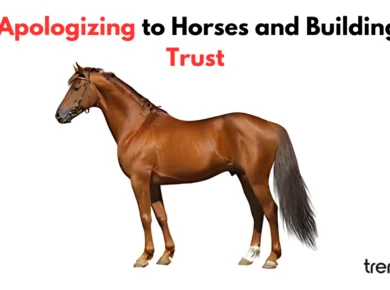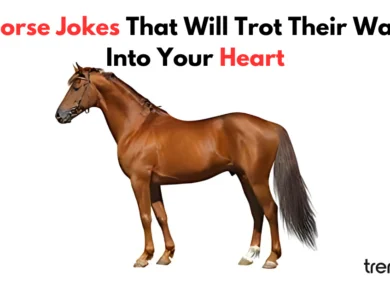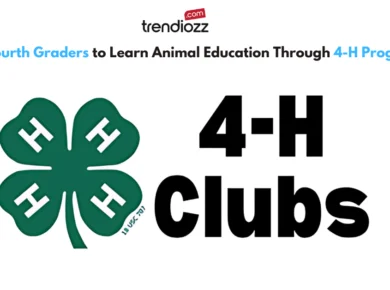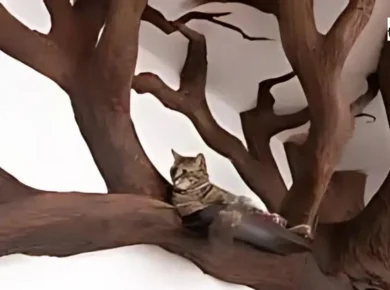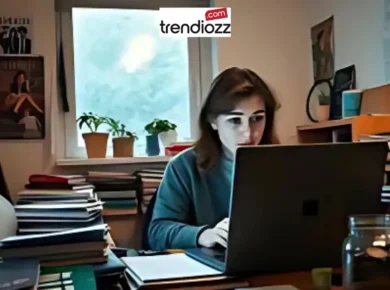Ever seen a dog with stuffed dog and wondered why they’re so attached to it? For many pet owners, it’s a common sight—a furry friend carrying around a plush version of another pup, almost as if it’s their best buddy. From tiny terriers to large Labradors, dogs of all shapes and sizes often display a deep connection to their stuffed counterparts. In this article, we’ll explore the reasons behind this phenomenon, the psychology of dogs and their stuffed toys, and the benefits these plush pals offer to your beloved pets.
Benefits and Choosing the Right Toy
| Feature | Description |
|---|---|
| Emotional Comfort | Provides a sense of security and soothes anxiety. |
| Mental Stimulation | Keeps dogs entertained and mentally active. |
| Exercise and Play | Encourages physical activity through interactive play. |
| Training Aid | Can be used in obedience training for commands like “fetch” and “drop it.” |
| Safe Material Options | Made from non-toxic, dog-safe fabrics and dyes. |
| Size Variety | Available in various sizes to suit small to large dogs. |
| Durability | Built to withstand chewing and rough play. |
| Machine Washable | Easy to clean, maintaining hygiene and freshness. |
| Behavioral Benefits | Can reduce destructive tendencies by providing a suitable chew option. |
| Affordable Options | Available in different price ranges to fit every budget. |
The Psychology of Dogs and Stuffed Toys
To understand why a dog with stuffed dog is more than just a cute sight, we need to delve into canine psychology. Just like humans, dogs have unique personalities, and their attraction to stuffed animals often mirrors aspects of their behavior and emotions. Whether it’s a sense of comfort, a playmate, or even a “puppy” of their own, stuffed toys can serve multiple roles.
Some of the most common reasons why dogs become attached to stuffed animals include:
- Comfort and Security: Just like a child clings to a teddy bear, a dog may find comfort in a stuffed dog. The plush toy can provide a sense of security, especially in stressful situations.
- Instinctual Behaviors: Dogs are natural hunters and nurturers. For some, the stuffed animal represents prey, while for others, it’s something to “care” for.
- Separation Anxiety Relief: If your dog suffers from separation anxiety, a stuffed dog can act as a comforting presence when you’re not around.
- Play and Exercise: Stuffed toys are great for playtime, encouraging exercise and keeping your dog active.
- Mimicking Maternal Instincts: Female dogs, in particular, may show a stronger attachment to stuffed animals, treating them as their own puppies.
Why Do Some Dogs Carry Their Stuffed Dogs Everywhere?
If your dog with stuffed dog insists on carrying it around the house, bringing it to bed, or even taking it outside, don’t worry—it’s perfectly normal! This behavior often indicates a deep emotional connection to the toy. Here’s why some dogs are inseparable from their plush pals:
1. Emotional Attachment
For many dogs, their stuffed dog is more than just a toy—it’s a source of comfort. This can be particularly true for puppies separated from their litter too early or for rescue dogs who have experienced trauma. The soft texture and familiar scent of a stuffed dog can help soothe these anxieties.
2. Territory Marking
Dogs are territorial creatures. Carrying a stuffed dog around could be your pet’s way of marking it as their own, showing ownership and pride. You might notice them “grooming” or licking it, similar to how they’d treat a pack member.
3. Motherly Instincts
Female dogs sometimes treat stuffed animals as their puppies, carrying them around gently and “caring” for them. This instinct is more common in dogs that haven’t been spayed or have had litters in the past.
How to Choose the Right Stuffed Dog for Your Pup
Choosing the right stuffed dog for your pet isn’t as simple as grabbing the cutest one on the shelf. To make sure your dog with stuffed dog has a safe and enjoyable experience, keep these factors in mind:
1. Size and Durability
Select a toy that is proportionate to your dog’s size. A small toy can be a choking hazard for large dogs, while a massive plush might be too overwhelming for a tiny pup. Additionally, opt for durable materials to withstand rough play.
2. Non-Toxic Materials
Always check the labels. The best toys are made from non-toxic materials, free from harmful dyes or chemicals that could harm your dog.
3. Safety Features
Ensure the toy doesn’t have small, detachable parts like buttons or plastic eyes that your dog could swallow. Look for toys with stitched eyes and nose features instead.
4. Machine Washable
Dogs can get messy, and so can their toys. Choosing a machine-washable stuffed dog will make cleaning easier and help prevent the buildup of bacteria and odors.
The Benefits of Dogs Having Stuffed Toys
Now that we’ve explored the psychology behind a dog with stuffed dog, let’s look at the benefits these plush toys offer to your furry friend:
- Mental Stimulation: Engaging with stuffed toys keeps your dog’s mind active and prevents boredom.
- Exercise and Play: Stuffed animals can encourage physical activity, whether your dog is fetching, tugging, or wrestling with their toy.
- Emotional Comfort: As mentioned, stuffed dogs can act as a source of comfort, easing anxiety and helping dogs feel secure.
- Training Aid: Stuffed toys can be used in training sessions, helping dogs learn commands like “drop it” or “fetch.”
- Reduce Destructive Behavior: Providing an appropriate outlet for your dog’s energy and instincts can prevent them from chewing on furniture or other items.
Real-Life Example: A Dog and His Stuffed Puppy
Meet Max, a three-year-old Beagle with a quirky habit—he never goes anywhere without his stuffed dog, “Buddy.” Max’s owners first noticed his attachment to Buddy when he was a puppy. Whenever they left for work, Max would anxiously whine and pace. To calm him, they introduced Buddy, and the transformation was immediate. Now, Max drags Buddy along for walks, nap times, and even meal times. For Max, his dog with stuffed dog is more than a toy; it’s his best friend.
Addressing Behavioral Concerns: When Your Dog Becomes Obsessed
While it’s adorable to see a dog with stuffed dog, there are times when this behavior can become problematic. If your dog seems overly possessive or displays aggression when anyone tries to touch their toy, it’s time to step in.
How to Address Possessive Behavior
- Set Boundaries: Teach your dog commands like “leave it” or “drop it” to help them understand that the toy is not off-limits to others.
- Create Playtime Rules: Schedule specific play sessions with the toy, so your dog understands when it’s time to engage with the stuffed dog and when it’s time to let go.
- Introduce New Toys: To prevent over-attachment, introduce new toys and rotate them regularly to keep things fresh.
Conclusion: The Heartwarming Bond of a Dog With Stuffed Dog
There’s something undeniably sweet about seeing a dog with stuffed dog, carrying it around like a cherished companion. Whether it’s for comfort, play, or a sense of security, these plush toys serve an important role in a dog’s emotional and physical well-being. Understanding the reasons behind your dog’s attachment to their stuffed friend can help you choose the best toys and provide a happier, healthier life for your furry friend.
In the end, a dog with stuffed dog is more than just a cute picture—it’s a testament to the deep emotions and complex behaviors of our canine companions.
Frequently Asked Questions About Dogs and Stuffed Toys
1. Why do dogs like stuffed animals so much?
Dogs are instinctual creatures, and stuffed toys appeal to their natural urges to play, nurture, and hunt.
2. Is it safe for my dog to have a stuffed toy?
Yes, as long as the toy is made from non-toxic materials and doesn’t have small parts that could be swallowed.
3. Can I wash my dog’s stuffed animal?
Absolutely! In fact, regular washing is recommended to keep the toy clean and free of bacteria.
4. Why does my dog lick their stuffed dog?
Licking is a sign of affection. Your dog may view the stuffed toy as a “puppy” and lick it to show care.
5. Should I be concerned if my dog becomes overly attached to their stuffed toy?
While a strong attachment is usually harmless, if your dog becomes possessive or aggressive, it may indicate a behavioral issue that needs addressing.
